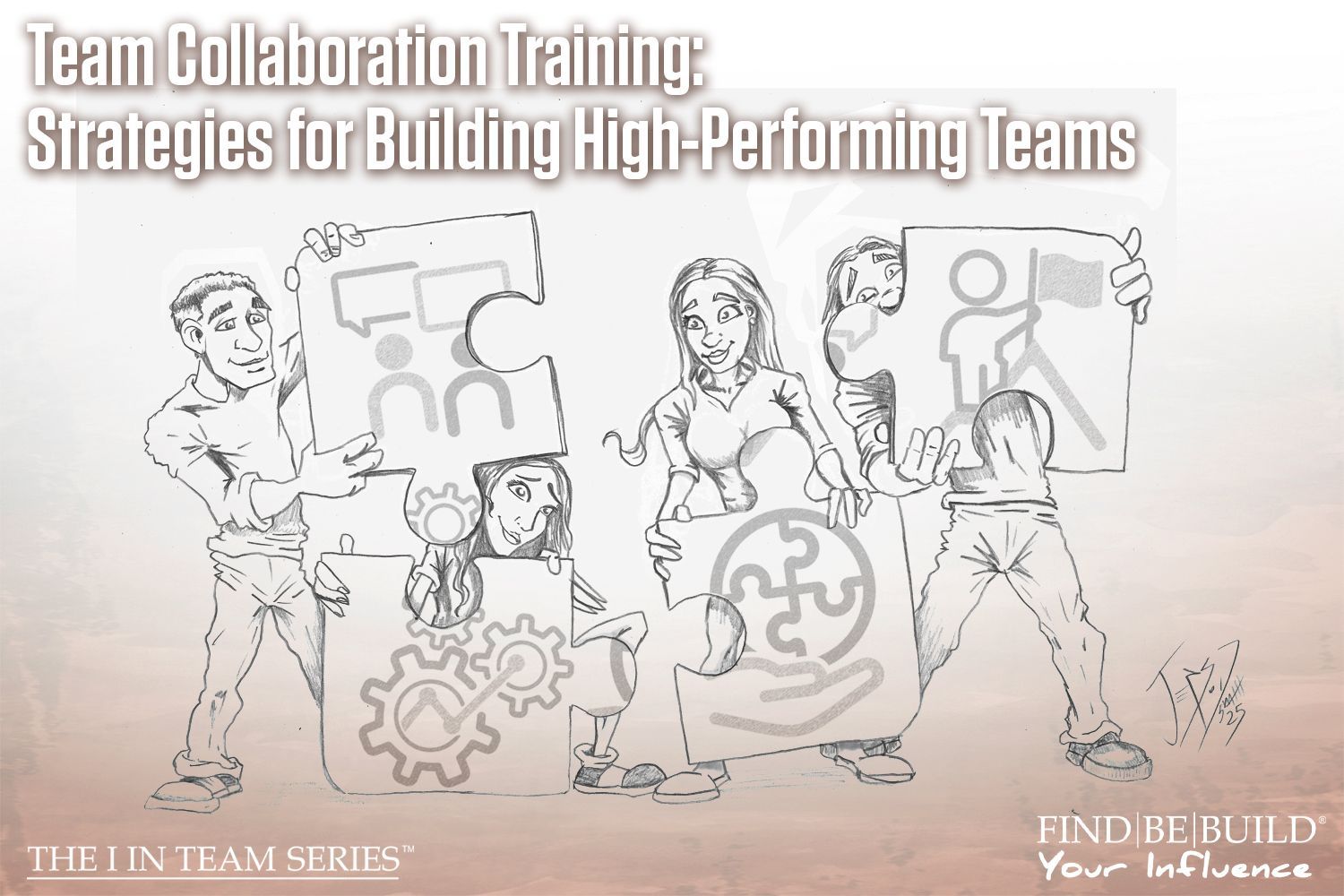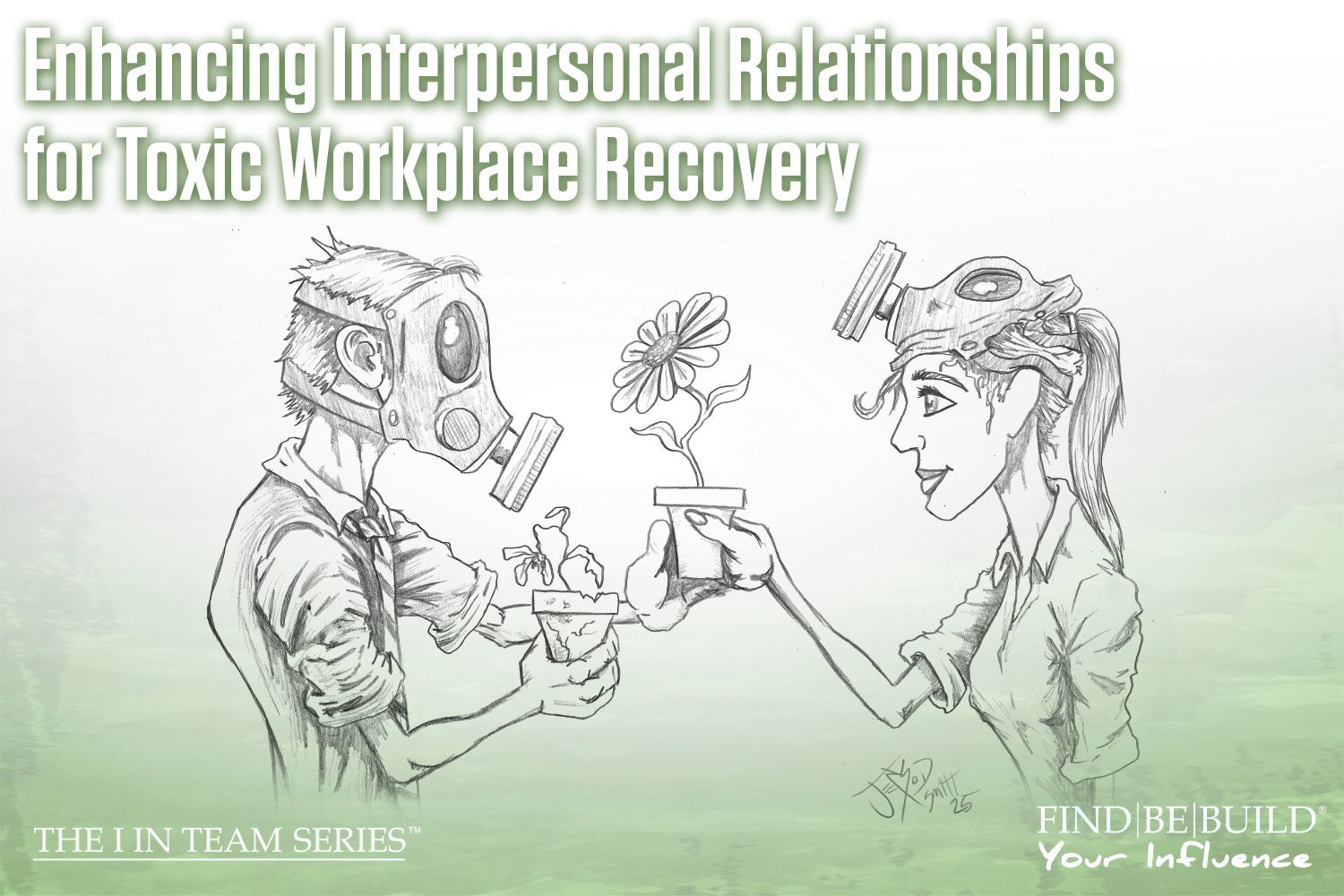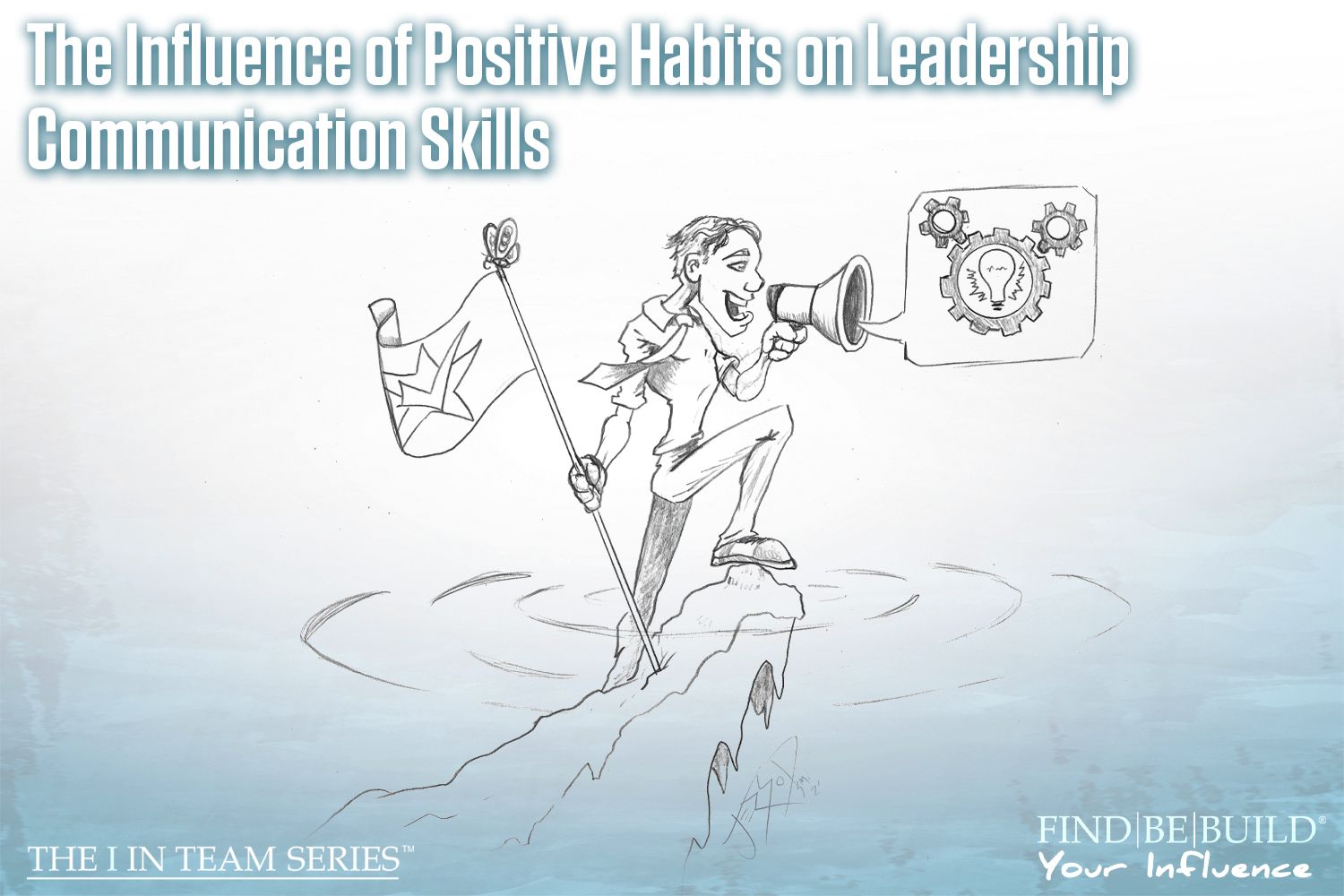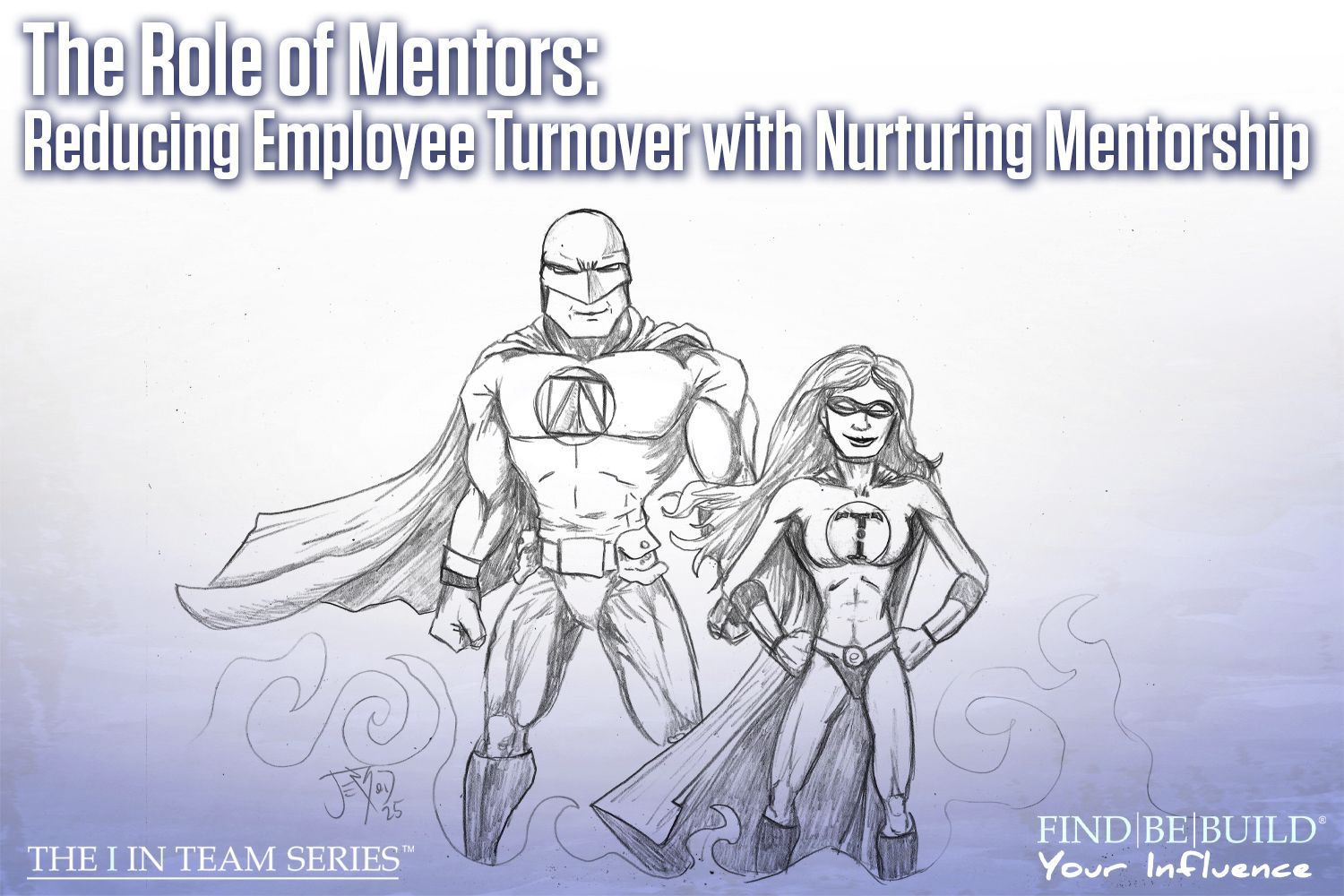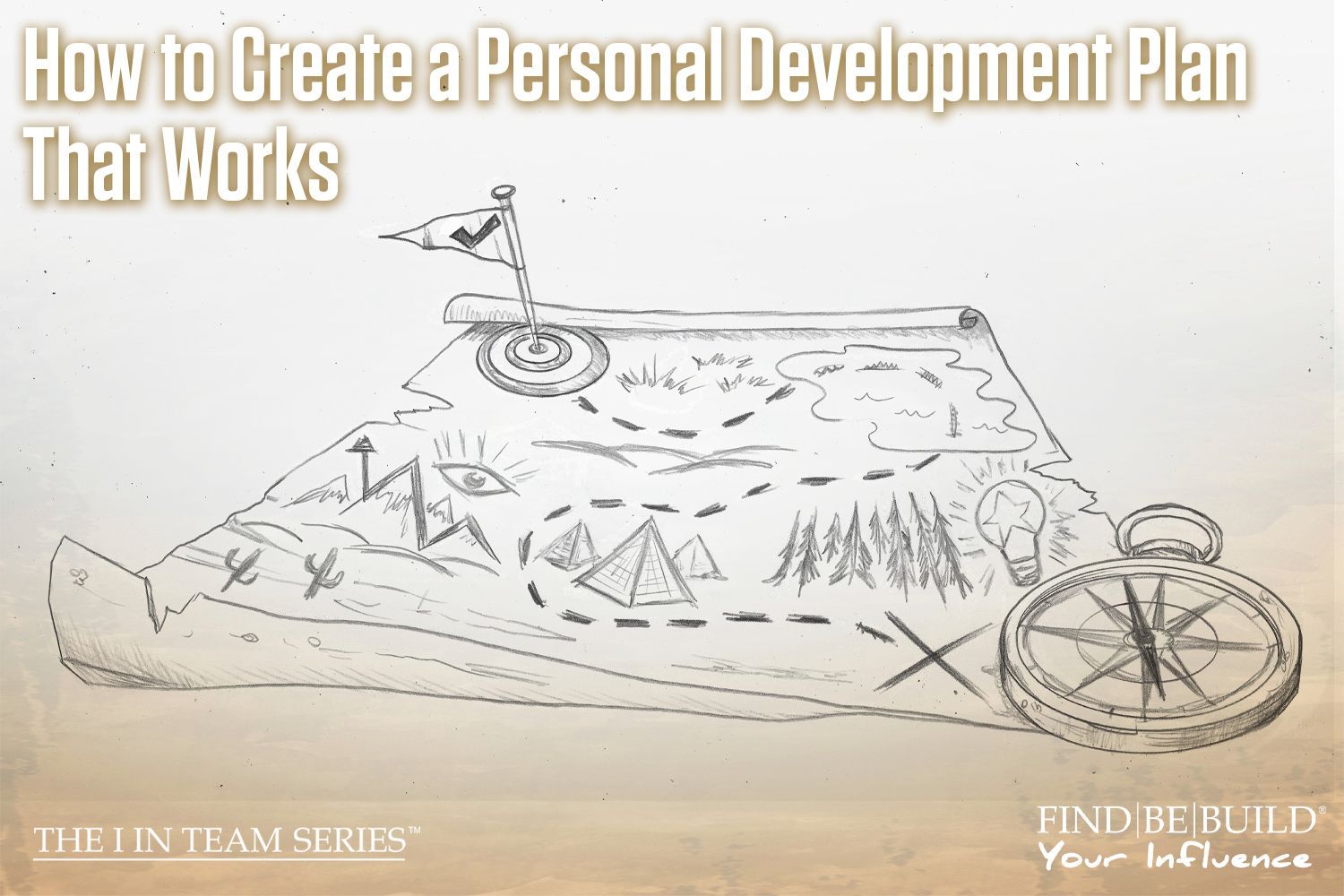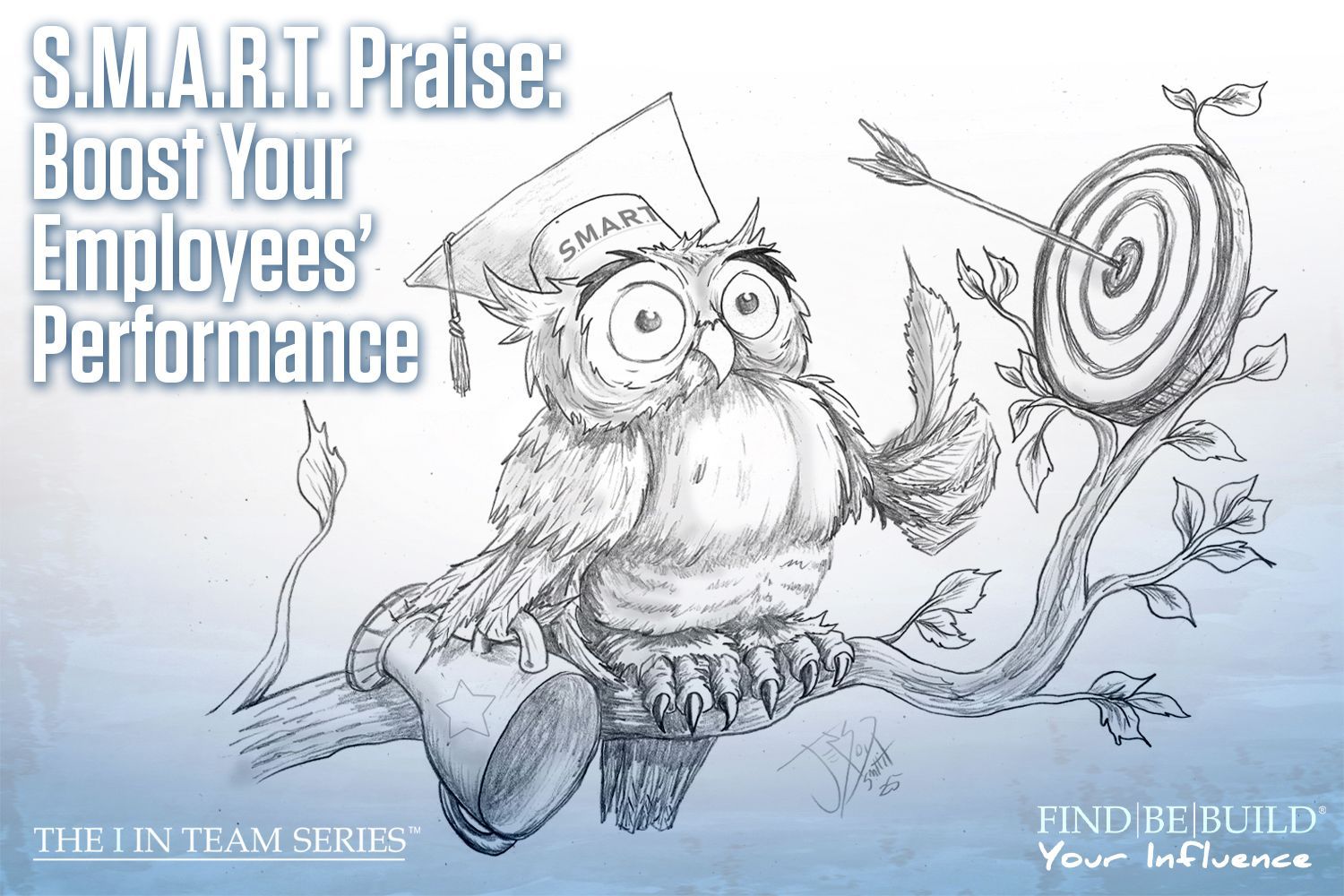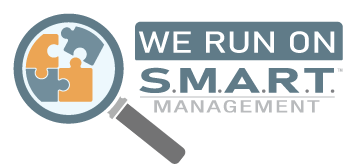Help! I need financing: Wanna be a Partner?

Business consulting financing
I love working with entrepreneurs because they are gritty. They don’t like being told “no”. They love challenges and are usually willing to take wild risks to achieve their dreams. What all entrepreneurs should be cautious of is taking on a partner.
I’m not saying all partners are bad, but I am saying all partners are not good. I’ve meet many entrepreneurs who think taking on a partner is no big deal. This is why I want to share my 5 Rules Of Engagement with you. These rules are for entrepreneurs who are considering taking on a partner in their business.
Rule number 1: If you don’t have a business plan, you don’t need a partner.
Rule number 2: If you don’t have anything of your own invested in the business, you don’t need a partner.
Rule number 3: If you haven’t paid a consultant, attorney, or CPA regarding this decision, you don’t need a partner.
Rule number 4: If the only thing you need is money to be successful in your business, you don’t need a partner.
Rule number 5: If you haven’t done due diligence on other options for capital funding, you don’t need a partner.
The number one question I get asked when talking to entrepreneurs about partners is, “A friend of a friend has a lot of money; should I make him/her a partner?”
As you may have guessed, there isn’t a one size fits all answer to the question, but the universal truth is that taking on a partner is almost always more expensive than other options, extremely complicated, and can get ugly very quick. Before determining that cash from a partner will solve your business’s problems, it’s important to answer these 4 very important questions:
– What happened to the last $10,000 of cash that came into your business?
– Do you have a plan for the amount you are seeking?
– How does your business’s budget line up to the past 12 months of Profit and Loss Statements?
– What are your long term goals and revenue strategy?
If you do nothing else, please, please, please ask yourself this before taking on a partner: “Have you exhausted all the other ways to get capital?” Because partnerships can quickly become a horrible investment, you should at least consider taking on other types of financing like personal debt or investors. I’m not saying you need to take out $50K in personal credit cards, but you should be willing to investigate what life would be like if you put up some of your own money. This could be a home equity loan, a 401K loan, an IRA withdrawal or loan, or any other creative method of securing financing personally.
A client I met with a few years ago had a very interesting business model. He gave very expensive equipment to his clients and then charged them for the usage. They were very happy with his prices as the usage fees were below competitors pricing and he didn’t charge them for the equipment upfront. I’ve heard this called the “copier machine business model”. He was sure he would make money, but he was asking me for help in sourcing short term financing. Does this sound like someone you know? I was interested in his business model because he could show me and any other potential investor all the revenue streams that were already secured through contracts. The reason I’m sharing this client’s story with you is that he wasn’t looking for a partner in his business and he didn’t want a loan from a bank. He was looking for an investor he could pay back on pre-agreed to terms outside of a bank. It was part of his strategy to turn investments into streams of revenue. Oh, and most importantly, he could and did answer my 4 questions. He knew where his last $10,000 went. It went into new equipment. When I wrote him a check for $10,000 I was going to buy new equipment for contracts already secured and he had evidence for the revenue streams it would create. His profit and loss actually exceeded his budget over the last 12 months. And he already had a good handle on his short term revenue strategy.
If your business needs money, it’s very important to understand why before running after more money. Sometimes, more money can cause bigger problems. In fact, rarely does more money being invested in a business solve any problems at all (unless you’re Marcus Lamonis, of course). Try these 3 simple tasks before looking for external financing:
Step 1
Create a Cash Flow Utilization Report for the last 4 quarters. By quarter, it should show the total dollars that were deposited into your business (not necessarily all income) and where it all went. Some basic categories should be: COGS, Debt Servicing, Salaries, Rent, Capital Purchases, and any other category that is either over $1,000 or over 5% of your Cash Flow. Understanding where all the money went may seem tedious and cumbersome, but it will help you to realize where you went wrong.
Step 2
Create a Break Even Analysis for the next 4 quarters. By quarter, it should show much money is needed to make the business run with a very conservative revenue forecasting. Your salary should be included as an expense so that you can be compensated for working hard.
Step 3
Create a Revenue Strategy for the next 4 quarters. Your Revenue Strategy should describe how you plan to make money in the short term (as short as in the next 30 to 60 days) and in the long term (in the next 1 to 2 years or more, depending upon your industry).
I’ve reworded one of my favorite sayings: If you continue to do the same things you’ve always done, you will continue to be in the same place you are. You need to start thinking differently (making decisions based on different sets of data) before you can change and mature as a business owner.
What are some ways you have changed your way of thinking, after launching your business, to become more successful and mature in business?
© Individual Advantages, LLC. 2016
The post Help! I need financing: Wanna be a Partner? appeared first on IA Business Advisors.
